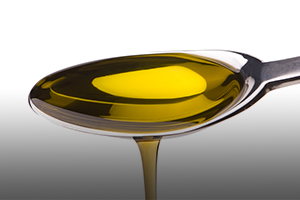Graphene From Cooking Oil
 It’s no secret that graphene is a wonder material with incredible properties in terms of strength, hardness, flexibility and conductivity. But applications for the much-touted nanomaterial have been limited due to the high cost of producing it in large quantities.
It’s no secret that graphene is a wonder material with incredible properties in terms of strength, hardness, flexibility and conductivity. But applications for the much-touted nanomaterial have been limited due to the high cost of producing it in large quantities.
Normally, graphene is fabricated in a vacuum at extremely high temperatures using purified components in a process that takes several hours. Now scientists have found a way to create it from inexpensive soybean cooking oil at normal atmospheric conditions using a new technique dubbed “GraphAir.”
The oil is heated in a tube furnace for approximately 30 minutes to break the compounds into their carbon building blocks. The carbon is then placed on a nickel foil surface where it diffuses and cools into a rectangle just one nanometer thick. The method is not only cheaper (reducing the cost of production tenfold), but also faster than vacuum techniques. The process even works with waste oils, offering a sustainable option for recycling something that would otherwise be discarded.
Although the largest film that can be made currently is about the size of a credit card, time will tell whether the technique can be scaled up – a step that will be crucial to moving graphene out of the laboratory and into everyday devices.
For information: Zhao Jun Han, Commonwealth Scientific and Industrial Research Organization, (CSIRO), GPO 1700, Canberra, ACT 2601, Australia; phone: +61-3-9545-2176; Web site: https://www.csiro.au/